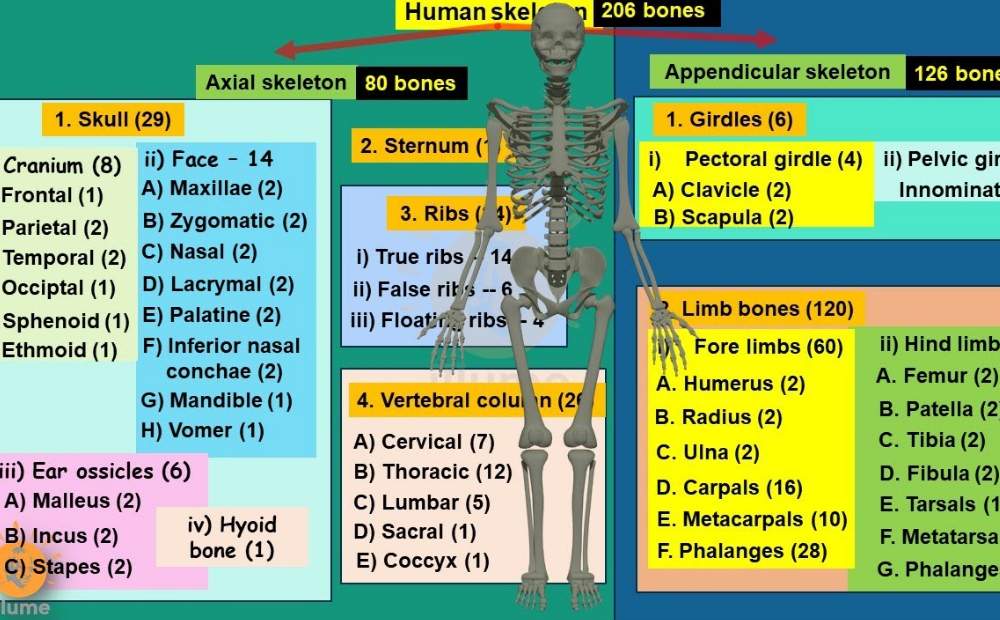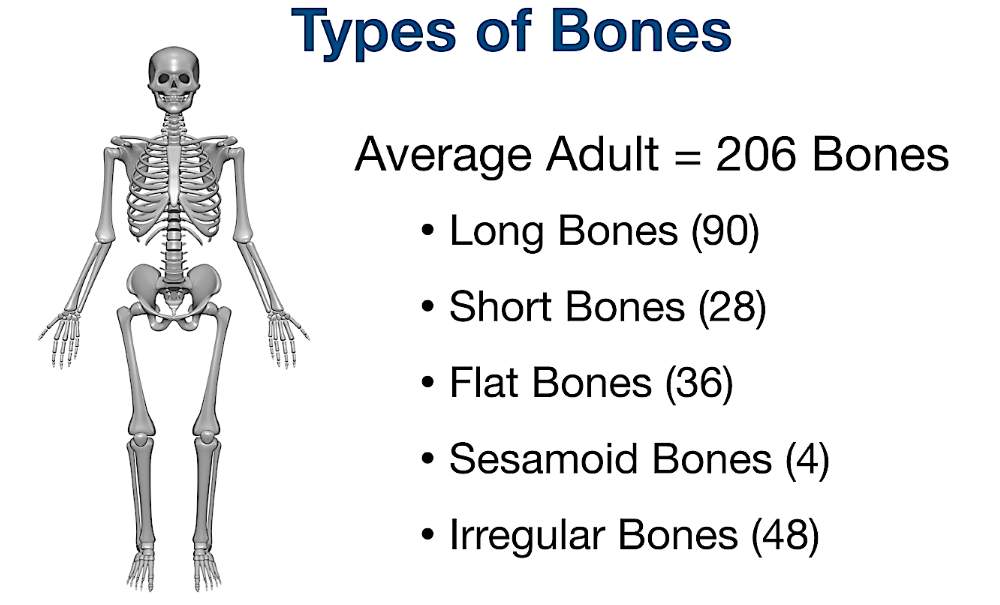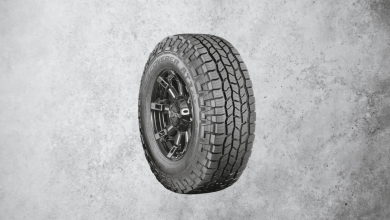Complete List of 206 Bones In the Human Body/PDF 2024
 Complete List of 206 Bones In the Human Body/PDF 2024! The 206 bones of the human body are divided into the axial skeleton and the appendicular skeleton. The axial skeleton consists of the skull, vertebral column, and rib cage bones.
Complete List of 206 Bones In the Human Body/PDF 2024! The 206 bones of the human body are divided into the axial skeleton and the appendicular skeleton. The axial skeleton consists of the skull, vertebral column, and rib cage bones.
The appendicular skeleton consists of the shoulder girdle, arm, forearm, hand, pelvis, thigh, leg, and foot bones. The list of 206 bones is as follows:
 The human skeleton is composed of 206 bones. These bones can be organized into five major categories: axial skeleton, appendicular skeleton, sesamoid bones, irregular bones, and cartilaginous bones.
The human skeleton is composed of 206 bones. These bones can be organized into five major categories: axial skeleton, appendicular skeleton, sesamoid bones, irregular bones, and cartilaginous bones.
Axial Skeleton – This is the main component of the skeleton and consists of 80 bones, including the skull, vertebrae, ribs, and sternum. Appendicular Skeleton consists of 126 bones, including the shoulder girdle, upper limb, pelvic girdle, and lower limb.
Sesamoid Bones – These are small, round bones embedded within the muscles’ tendons near the joints. There are about 16 of these bones in the human body.
Irregular Bones – These bones have irregular shapes, such as the vertebrae, and are not organized into any particular category. There are about 62 of these bones in the human body.
Cartilaginous Bones – These bones have a cartilage-like structure and are found in the nose, ears, and larynx. There are about 8 of these bones in the human body.
Bones of Adults and Children:
- An adult human has 206 bones
- The number of bones in the child is 300
Children have more bones because, at birth, a child has 45 bones in the head, but an adult has 22 bones. Therefore, children’s bones are more.
206 Bones and their Functions:
- Mobility of the body also helps in movement
- Ensures protection of the body, supports organs, soft tissues
- Produces blood cells.
- Produces hormones
- Helps in bone growth
- Stores calcium and phosphorus
Some Important Bone Functions are Given below:
- Skull: Protects the head, eyes, and ears
- Spine: Provides mobility to the body, connecting nerves to various body parts.
- Ribcage: Protects the lungs and heart
- Femur: Supports body weight, helps in movement
- Sternum: Protects the heart and lungs.
- Tibia & Fibula: Supports the ankle, provides stability, and helps move the knee joint.
- Vertebrae: It protects the spinal cord and nerves. It helps in mobility and flexibility of the back.
- Phalanges: Supports finger movement
Full list of Bones: Her,e We give you a full list of Bones.
Bones of Skull :
Cranial Bones:
- Occipital bone
- Sphenoid bone
- Parietal bone (2)
- Frontal bone
- Ethmoid bone
- Temporal bone (2)
Facial Bones:
- Nasal bone (2)
- Lacrimal bone (2)
- Inferior nasal conchae (2)
- Zygomatic bone (2)
- Vomer bone
- Mandible
- Maxilla Right and Left (2)
- Palatine bone (2
- Inferior nasal conchae (2)
Bones of Thorax :
- Sternum
- Ribs (2 x 12)
Bones of the Shoulder Girdle :
- The scapula or shoulder blade (2)
- Clavicle or collarbone (2)
206 Bones of the Throat:
- Hyoid bone
Bones of Middle Ears:
- Stapes (2)
- Malleus (2)
- Incus (2)
Bones of Arms:
- Radius (2)
- Humerus (2)
- Ulna (2)
- Head of the radius
- Condyles of humerus
Bones of the Vertebral Column:
- Thoracic vertebrae (12)
- Cervical vertebrae with atlas & axis (7)
- Lumbar vertebrae (5)
206 Bones of Hands:
- Metacarpal bones (5 × 2)
- Wrist (carpal) bones
- Palm or metacarpal bones 10
- Navicular bone 2
- Capitate bone 2
- Scaphoid bone 2
- Hamate bone 2
- Lunate bone 2
- Trapezoid bone 2
- Pisiform bone 2
- Triquetral bone 2
- Trapezium (bone) 2
206 Bones of Pelvis:
- Ossa coxae(2)
- Coccyx
- Sacrum
Finger Bones or Phalanges:
- Distal phalanges (5 × 2)
- Proximal phalanges (5 × 2)
- Iintermediate phalanges (4 × 2)
206 Bones of legs:
- Fibula (2)
- Patella (2)
- Tuberosity of tibia (2)
- Head and 18. the shaft of the femur (2)
- Shaft of Tibia
- Condyles of femur
- Greater trochanter of femur
206 Bones of Feet:
- Cuboid bone (2)
- Ankle (tarsal) bones
- Talus (2)
- Lateral cuneiform bone (2)
- Navicular bone (2)
- Intermediate cuneiform bone (2)
- Calcaneus (heel bone) (2)
- Medial cuneiform bone (2)
206 Toe Bones:
- Distal phalanges (5 × 2)
- Proximal phalanges (5 × 2)
- Intermediate phalanges (4 × 2)
Instep Bones:
- Metatarsal bone (5 × 2)
Why are there 206 Bones?
An adult human skeleton consists of 206 bones in total. At the time of birth, there are 270 bones, which fuse with time to form 206 bones. The total bones of our body can be divided into axial skeleton (80) and appendicular skeleton (126)
We try to give you the Complete List of 206 Bones In the Human Body/PDF 2024 here. If you have any questions or comments, contact us through our website. We will answer so quickly. Thanks a lot for being with us.






